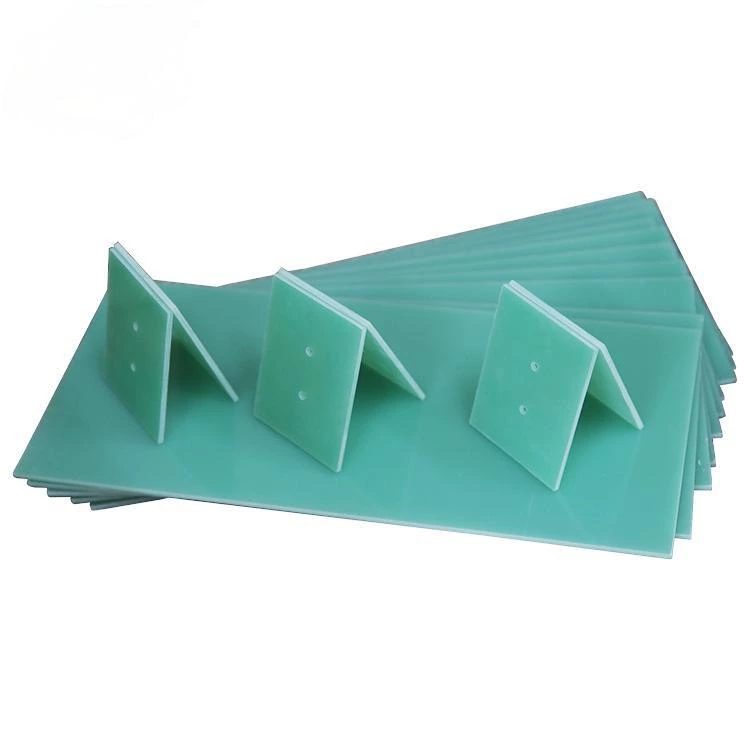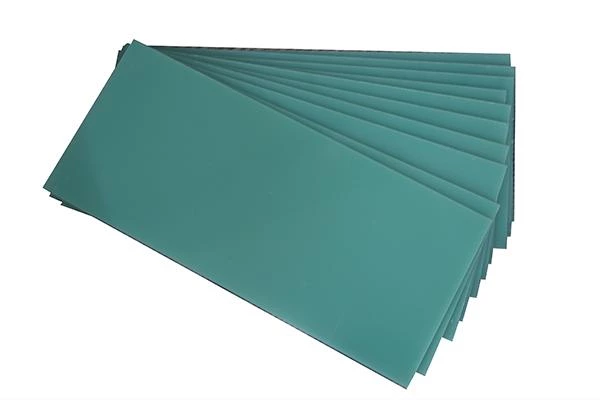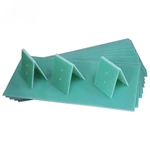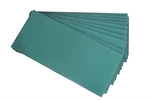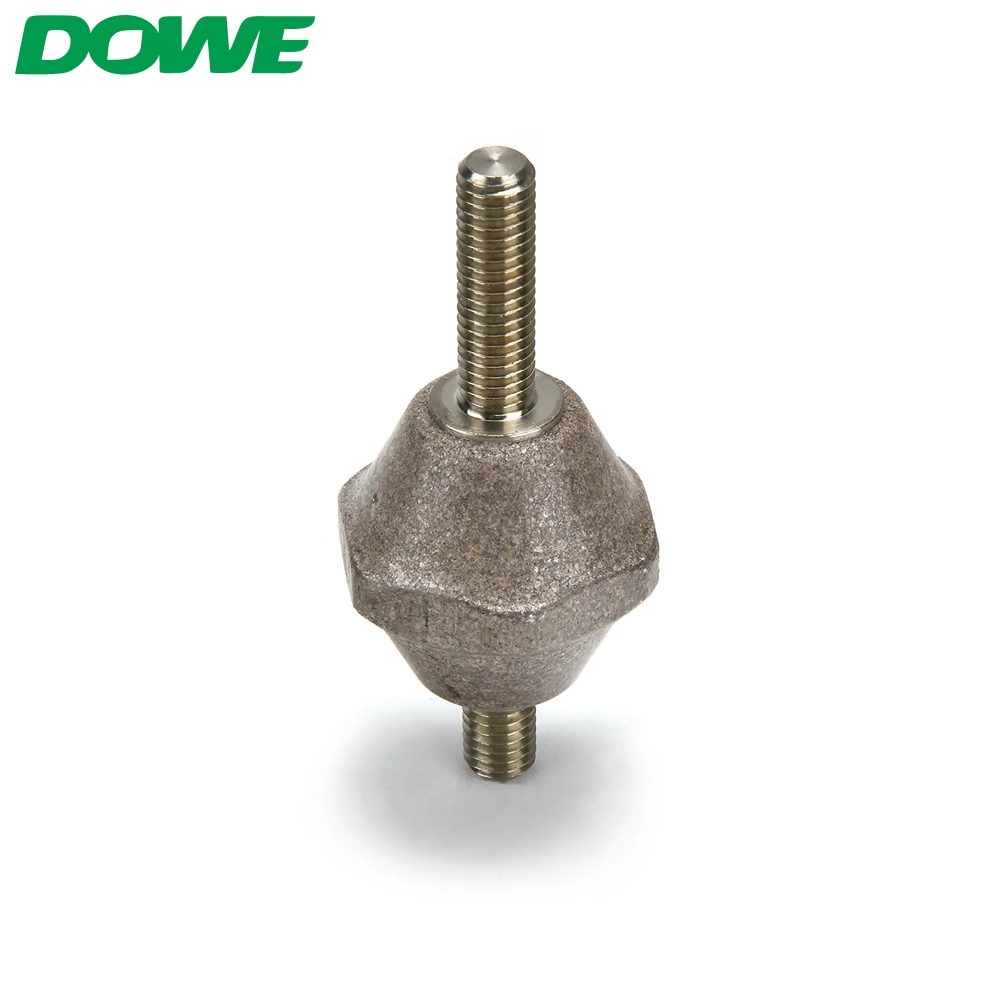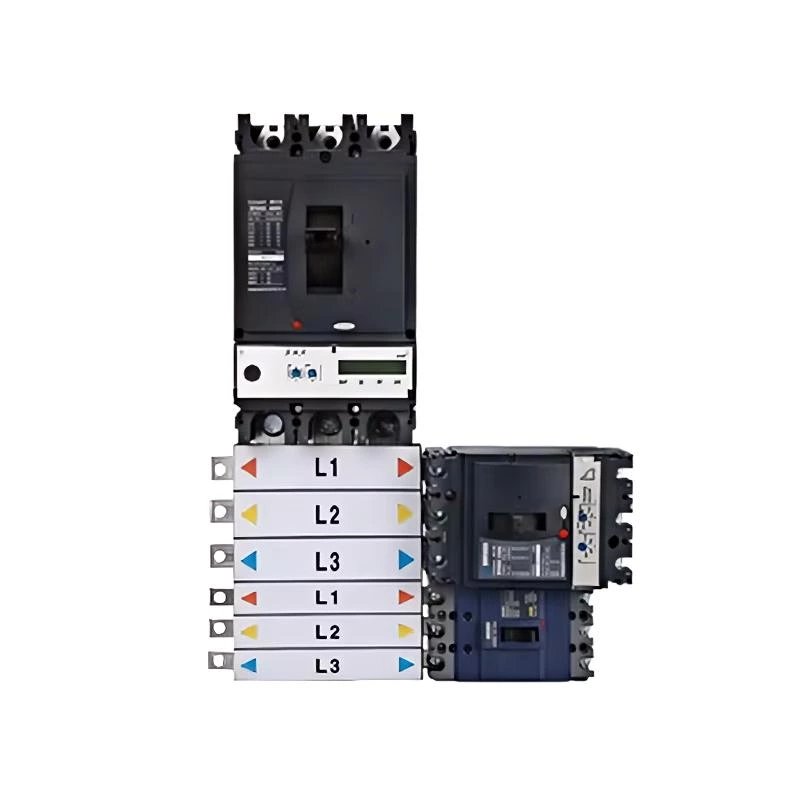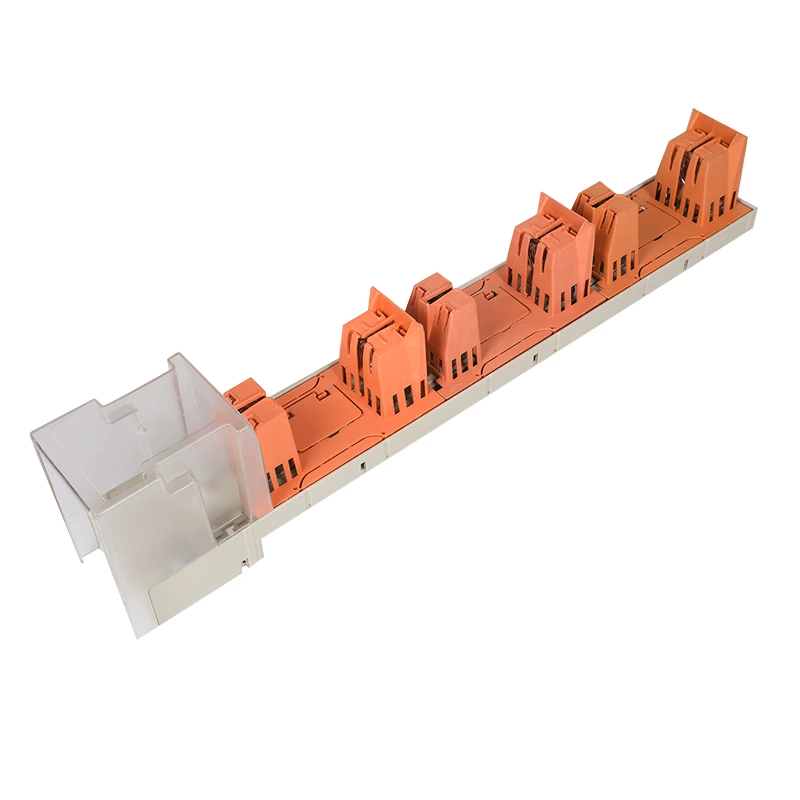DUWAI FR-4 Epoxy Insulation Board
1. FR-4 Epoxy Board Product Introduction FR-4 Epoxy Board, depending on its usage, is commonly referred to in the industry as: FR-4 Epoxy Glass Cloth, insulation board, epoxy board, epoxy resin board,
1. FR-4 Epoxy Board Product Introduction
FR-4 Epoxy Board, depending on its usage, is commonly referred to in the industry as: FR-4 Epoxy Glass Cloth, insulation board, epoxy board, epoxy resin board, brominated epoxy resin board, FR-4, fiberglass board, glass fiber board, FR-4 reinforcement board, FPC reinforcement board, flexible circuit board reinforcement board, FR-4 epoxy resin board, flame-retardant insulation board, FR-4 laminate board, FR-4 smooth board, FR-4 glass fiber board, epoxy glass cloth board, epoxy glass cloth laminate board, and PCB drilling pad board.
Key Technical Features and Applications:
- Stable Electrical Insulation Performance: Excellent flatness, smooth surface, free from pits, thickness tolerance standards.
- Applications: Suitable for high-performance electronic insulation requirements, such as FPC reinforcement boards, PCB drilling pads, fiberglass substrates, potentiometer carbon film printed fiberglass boards, precision planetary gears (chip grinding), precision testing boards, electrical (electronic) equipment insulation spacers, insulation pads, transformer insulation boards, motor insulation parts, grinding gears, and electronic switch insulation boards.
Standards:
- NEMA Standard: FR-4 is a material standard defined by the National Electrical Manufacturers Association (NEMA). The corresponding IEC (International Electrotechnical Commission) standard is EPGC202. In China, there is no exact equivalent standard, but the closest domestic standard is the 3240 epoxy laminate glass cloth board. The IEC standard for 3240 is EPGC201, and the only difference between EPGC201 and EPGC202 is flame retardancy. Therefore, FR-4 can be simply considered as an improved version of 3240 with enhanced flame-retardant properties.
Surface Colors:
- Available Colors: Yellow FR-4, White FR-4, Black FR-4, Blue FR-4, etc.
Board Types:
- Categories: FR-4 is a type of substrate used for PCBs, categorized based on reinforcing materials into:
- FR-4: Glass cloth substrate
- FR-1, FR-2, etc.: Paper-based substrates
- CEM Series: Composite substrates
- Special Material Substrates: Ceramic, metal-based, etc.
2. FR-4 Epoxy Board Product Applications
Main Materials: Import semi-cured sheets with colors including white, yellow, and green. The board maintains high mechanical strength at room temperature (150℃), exhibits good electrical performance in both dry and wet states, and is flame-retardant.
Applications:
- Used in electrical and electronic industries for insulation structural components.
- Commonly used in switches, FPC reinforcement, electrical insulation, carbon film printed circuit boards, PCB drilling pads, mold fixtures (PCB test fixtures), and can be used in humid environments and transformer oil.
3. FR-4 Epoxy Board Product Features
Composition: FR-4 Epoxy Board uses epoxy resin as the adhesive and electronic-grade glass fiber cloth as the reinforcing material. The bonding sheets and inner cores are thin copper-clad laminates, which are essential for manufacturing multi-layer printed circuit boards.
Characteristics:
- Mechanical Performance: High mechanical strength, dimensional stability, impact resistance, and moisture resistance compared to paper-based boards.
- Electrical Performance: Excellent, with high working temperatures and minimal environmental impact on performance.
- Processing Advantage: Superior to other resin fiberglass cloth boards in processing. Widely used for double-sided PCBs, with high demand. The most common model is FR-4. Recently, high-Tg (glass transition temperature) FR-4 products have emerged due to advancements in electronic product installation technology and PCB technology.
| Molecular Weight | Appearance | Bromine Content | Softening Temperature Range(℃) | Initial Decomposition Temperature (℃) |
| 1400 | White Powder | 59 | 88-95 | 320 |
| 1600 | White Powder | 58 | 90-95 | 323 |
| 2000 | White Powder | 57 | 100-105 | 321 |
| 4000 | White Powder | 56 | 110-120 | 316 |
| 10000 | Light Yellow Granules or Nearly White Powder | 51.5 | 130-135 | 328 |
| 15000 | Light Yellow Granules or Nearly White Powder | 53 | 135-140 | 347 |
| 20000 | Light Yellow Granules or Nearly White Powder | 53.2 | 140-145 | 356 |
| 25000 | Light Yellow Granules | 53 | 145-150 | 351 |
| 30000 | Light Yellow Granules | 53 | 150-155 | 348 |
